Deciding between brass and tungsten darts hinges on your budget, skill level, and desired performance. Tungsten darts offer a slimmer profile for tighter groupings and increased accuracy, justifying their higher cost, while brass darts are a more affordable and durable option, ideal for beginners. This Brass vs Tungsten Darts Comparison will break down the differences in price, durability, performance, and suitability for different players, helping you choose the perfect darts for your game.
⚠️ Still Using Pen & Paper (or a Chalkboard)?! ⚠️
Step into the future! The Dart Counter App handles all the scoring, suggests checkouts, and tracks your stats automatically. It's easier than you think!
Try the Smart Dart Counter App FREE!Ready for an upgrade? Click above!
Brass vs Tungsten Darts Comparison: Understanding the Core Differences
When diving into the world of darts, one of the first decisions you’ll face is choosing between brass darts and tungsten darts. These two materials represent the most common options, each with distinct advantages and disadvantages. The primary difference lies in the density of the material. Tungsten is significantly denser than brass, allowing for a slimmer barrel design for the same weight. This has a profound impact on playability.
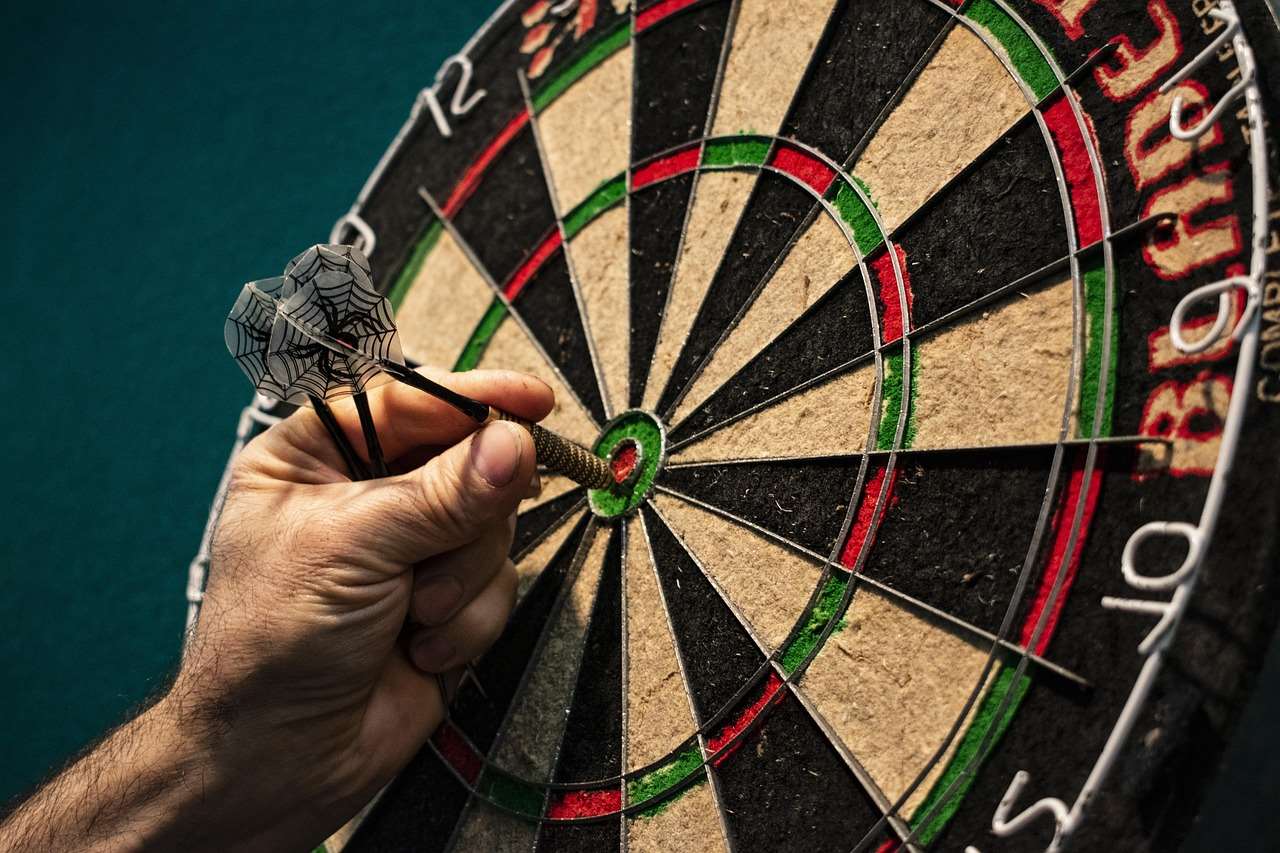
Brass, on the other hand, is a softer metal, which typically results in bulkier barrels. This impacts the dart’s flight and grouping potential. In essence, understanding the core differences in density and durability is essential for making an informed decision when choosing between brass darts and tungsten darts.
Density and Barrel Size
The density difference between brass and tungsten directly translates to the barrel size of the darts. Tungsten darts can be made significantly thinner while maintaining the desired weight. This slimmer profile is a major advantage as it allows for tighter groupings on the dartboard. You can pack more darts into a smaller area without the flights colliding. Brass darts, being less dense, require a larger barrel to achieve the same weight, making tighter groupings more challenging.
Price: Brass vs Tungsten Darts
The price point is a major factor for many dart players, especially beginners. Brass darts are considerably more affordable than tungsten darts. You can often find a complete set of brass darts for the same price as a single set of tungsten darts. This makes brass darts an excellent entry-level option for those just starting out or on a budget. However, it’s important to remember that the initial cost savings may be offset by the potential for faster wear and tear and the limitations in performance compared to tungsten.
Durability and Longevity
While brass darts are generally cheaper, they are also more susceptible to damage. Brass is a softer metal, so it’s prone to dings, scratches, and bending if dropped. This can affect the dart’s balance and flight characteristics over time. Tungsten darts, being made from a much harder metal, are significantly more durable. They can withstand more abuse without showing signs of wear and tear. A good set of tungsten darts can last for many years with proper care, making them a worthwhile investment for serious players. Learn more about the Best Material For Darts Barrels and its influence on durability.
Performance and Accuracy: A Key Brass vs Tungsten Darts Comparison
This is where tungsten darts truly shine. The slimmer barrel profile allowed by tungsten provides a significant advantage in terms of accuracy and grouping. The reduced bulk minimizes deflections and allows for tighter, more consistent throws. Experienced players often find that tungsten darts allow them to achieve a higher level of precision and control. While skilled players can certainly perform well with brass darts, the inherent design advantages of tungsten make them the preferred choice for competitive play. Beginners, on the other hand, may not immediately notice the difference, making brass darts a suitable starting point.
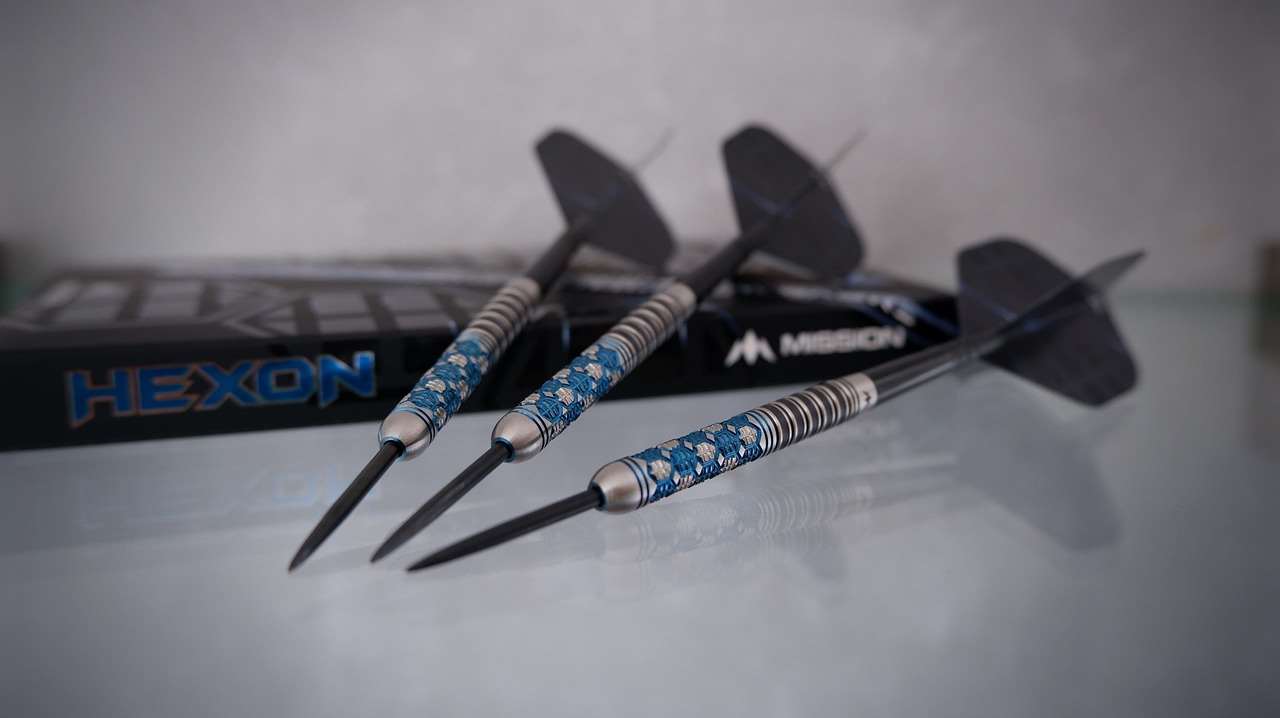
Grip and Feel
The grip and feel of a dart are highly subjective and depend on personal preference. Both brass darts and tungsten darts come in a variety of grip styles, including knurled, ringed, and smooth. However, the higher density of tungsten can sometimes result in a slightly different feel compared to brass. Some players prefer the weight distribution of tungsten, while others find brass more comfortable in their hand. Experimenting with different grip styles and materials is the best way to find what works best for you.
Tungsten Percentage Explained in Darts
When considering tungsten darts, you’ll often see a percentage listed (e.g., 80% tungsten, 90% tungsten, 95% tungsten). This percentage indicates the proportion of tungsten in the alloy. The higher the tungsten percentage, the denser and more expensive the dart will be. Higher tungsten percentages generally result in slimmer barrels and increased durability. A lower tungsten percentage, such as 80%, means that other metals like nickel are used in the alloy. Understanding Tungsten Percentage Explained Darts can help you make a more informed purchase.
Suitable Skill Level
As mentioned earlier, brass darts are often recommended for beginners due to their affordability and durability. They provide a good starting point for learning the basics of the game without a significant financial investment. As players progress and develop their skills, they may find that the limitations of brass darts become more apparent. This is often the time when they consider upgrading to tungsten darts to gain a competitive edge. More advanced players usually prefer tungsten darts due to their enhanced performance and accuracy potential. Also, it is important to Choose Best Dart Equipment that matches your playing style.
Weight Options
Both brass darts and tungsten darts are available in a wide range of weights to suit different player preferences. Common dart weights range from 18 grams to 30 grams, with 22-24 grams being the most popular. The ideal weight depends on your throwing style and personal comfort. Experimenting with different weights can help you find the sweet spot that maximizes your accuracy and consistency.
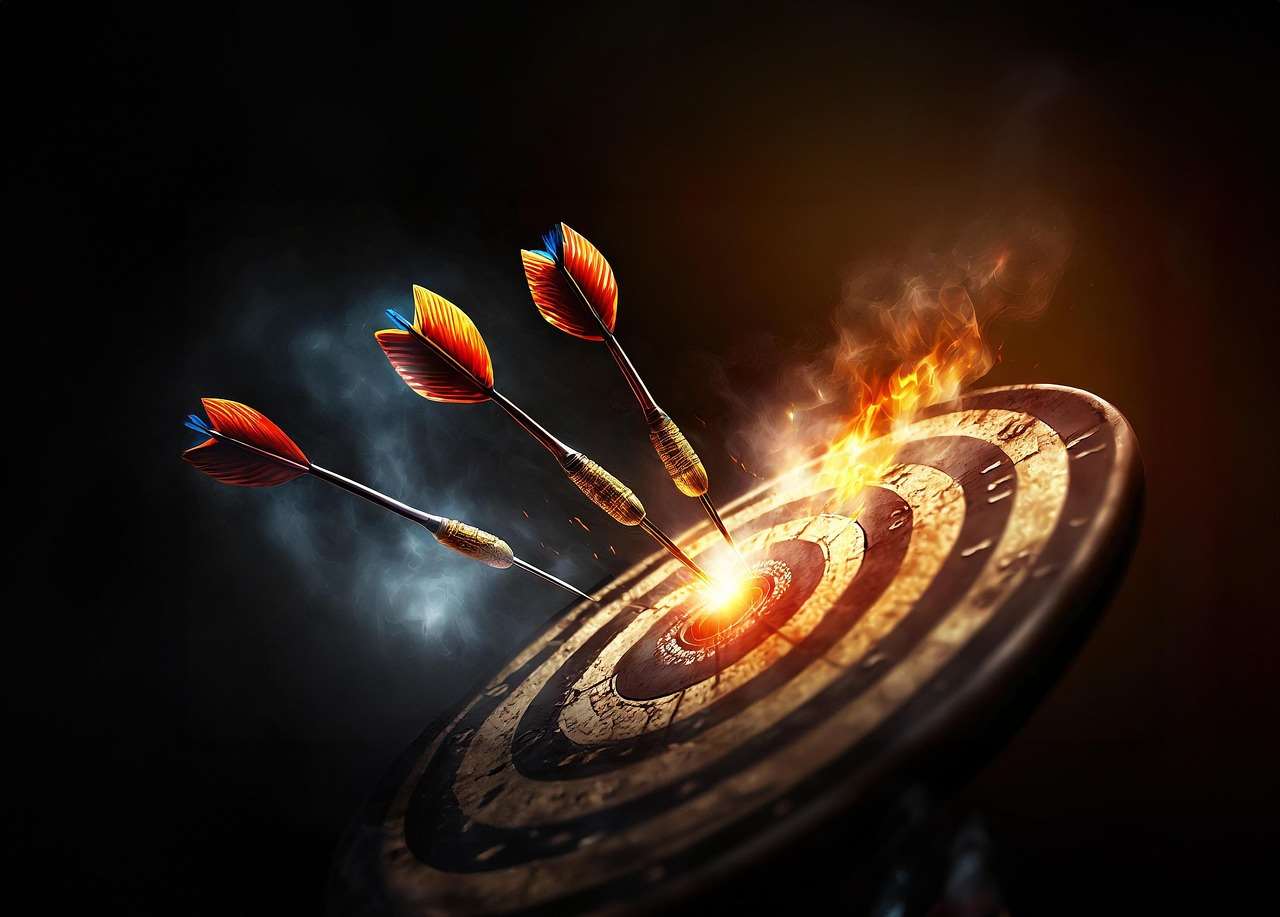
Dart Maintenance and Care
Regardless of whether you choose brass darts or tungsten darts, proper maintenance is essential to prolong their lifespan. Regular cleaning with a soft cloth can help remove dirt and grime that can affect the grip. Check the flights and shafts regularly for damage and replace them as needed. Avoid storing your darts in direct sunlight or extreme temperatures, as this can cause damage to the flights and shafts. Tungsten darts, while more durable, also benefit from careful handling to prevent chipping or bending of the points.
Making the Right Choice for You: Key Considerations in Brass vs Tungsten Darts Comparison
When deciding between brass darts and tungsten darts, consider the following factors:
- Budget: How much are you willing to spend on a set of darts?
- Skill Level: Are you a beginner, intermediate, or advanced player?
- Desired Performance: Are you looking for maximum accuracy and grouping potential?
- Durability: How important is it that your darts last for a long time?
- Personal Preference: Do you prefer the feel of brass or tungsten in your hand?
Carefully weighing these factors will help you make an informed decision and choose the darts that are best suited to your individual needs and preferences.
Why Choose High Tungsten Darts?
As mentioned before, the higher the tungsten content in a dart barrel, the better the performance (generally). Why Choose High Tungsten Darts? Higher percentages like 90% or 95% allow for the slimmest barrels possible, leading to tighter groupings and less deflection. They are also more durable and resistant to wear and tear. While more expensive, they offer a significant advantage for serious dart players.
Exploring Alternatives to Brass and Tungsten
While brass and tungsten dominate the dart market, other materials are sometimes used. These include nickel silver and various alloys. Nickel silver darts offer a balance between cost and durability, but they don’t provide the same level of performance as tungsten. They are a decent mid-range option for players looking to upgrade from brass without investing in high-end tungsten darts. Further research on Nickel Silver Darts Full Info will provide more details. Consider exploring these alternatives if neither brass nor tungsten perfectly fits your needs.
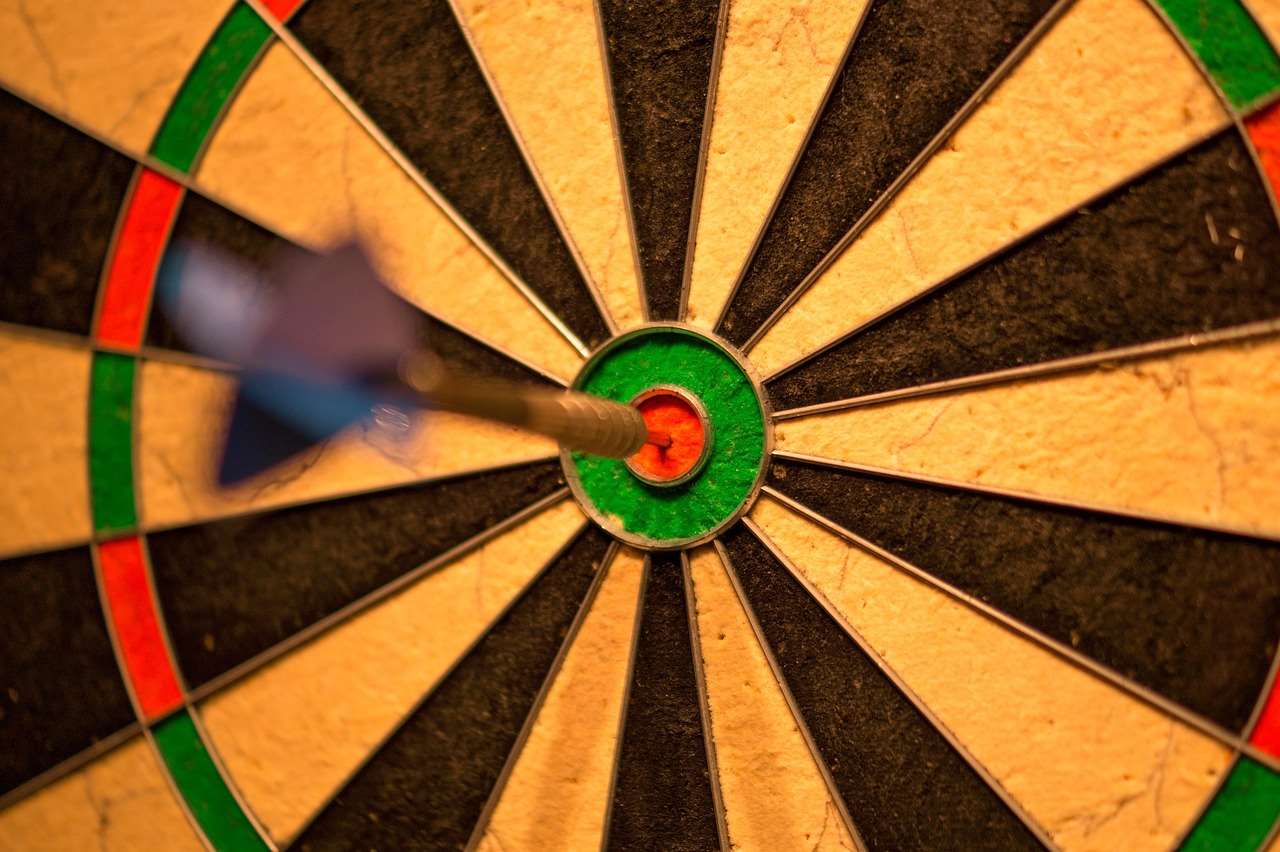
Beyond the Barrel: Flights and Shafts
While the barrel material is crucial, don’t overlook the importance of flights and shafts. The flights affect the dart’s stability and trajectory, while the shafts connect the flights to the barrel. Experimenting with different flight shapes, sizes, and materials can fine-tune your dart’s flight characteristics and improve your accuracy. Similarly, different shaft lengths and materials can impact the dart’s balance and feel. Consider adjustable shafts to help fine-tune your set-up.
Finding the Perfect Darts for Your Style
Ultimately, the best darts are the ones that feel most comfortable and allow you to perform your best. There’s no one-size-fits-all solution. What works for one player may not work for another. Take the time to experiment with different materials, weights, grip styles, and flight/shaft combinations to find the perfect setup that complements your throwing style and helps you reach your full potential. Do research and be patient, finding the ideal dart setup is a worthwhile endeavor.
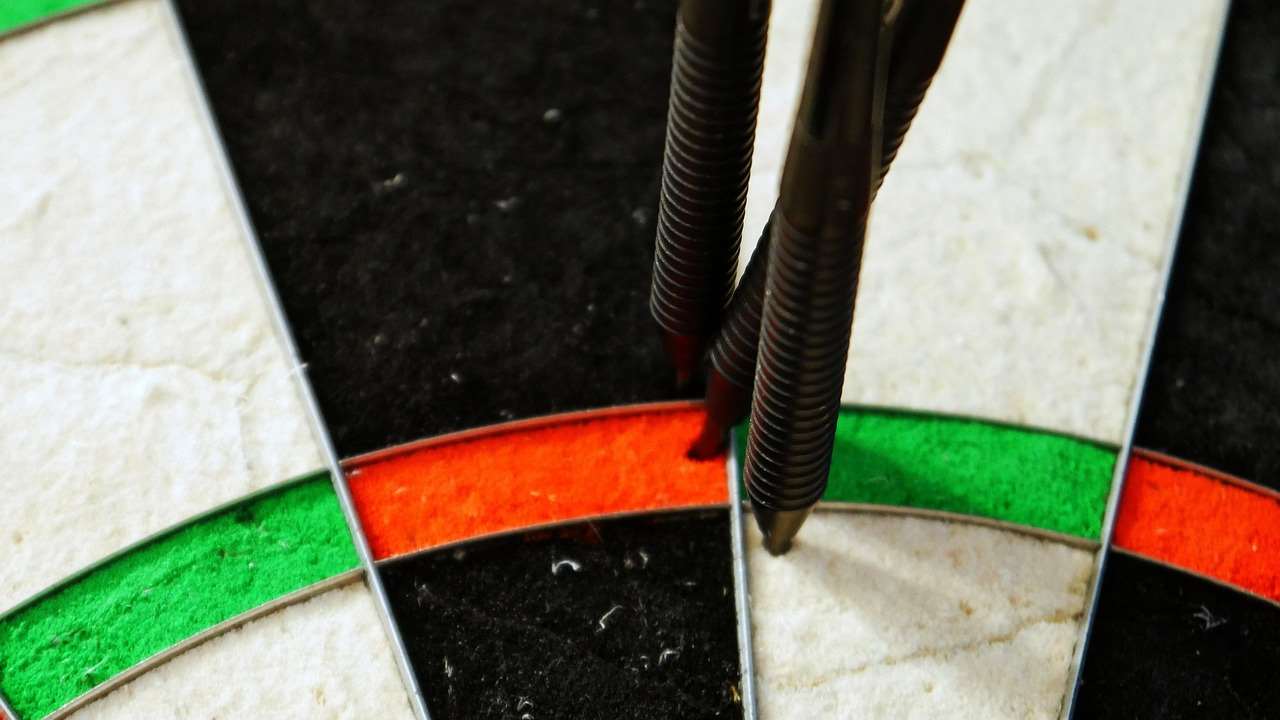
Taking the Next Step: Practice and Improvement
Once you’ve chosen your darts, the real work begins. Consistent practice is essential for improving your accuracy and consistency. Focus on developing a smooth, repeatable throwing motion. Pay attention to your grip, stance, and release point. Consider recording yourself throwing darts to identify areas for improvement. With dedication and practice, you can steadily improve your game and achieve your darting goals.
Conclusion: Brass vs Tungsten Darts – Making an Informed Decision
In this Brass vs Tungsten Darts Comparison, we’ve covered the key differences in price, durability, and performance. Brass darts are a budget-friendly and durable option for beginners, while tungsten darts offer superior accuracy and a slimmer profile for experienced players. Ultimately, the best choice depends on your individual needs and preferences. Consider your budget, skill level, and desired performance to make the right decision. Now that you’re armed with this knowledge, it’s time to head to your local dart shop or browse online retailers. Consider our guide on Choose Right Dart Material Guide for deeper insights! Find the perfect darts for your game and start honing your skills today!
Hi, I’m Dieter, and I created Dartcounter (Dartcounterapp.com). My motivation wasn’t being a darts expert – quite the opposite! When I first started playing, I loved the game but found keeping accurate scores and tracking stats difficult and distracting.
I figured I couldn’t be the only one struggling with this. So, I decided to build a solution: an easy-to-use application that everyone, no matter their experience level, could use to manage scoring effortlessly.
My goal for Dartcounter was simple: let the app handle the numbers – the scoring, the averages, the stats, even checkout suggestions – so players could focus purely on their throw and enjoying the game. It began as a way to solve my own beginner’s problem, and I’m thrilled it has grown into a helpful tool for the wider darts community.